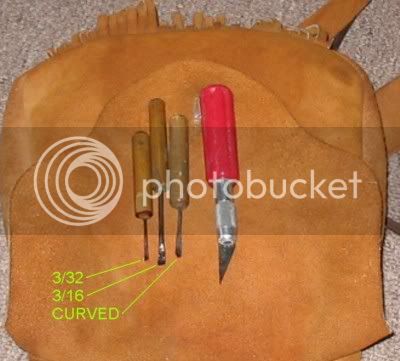jdkerstetter
69 Cal.
- Joined
- Feb 15, 2012
- Messages
- 3,029
- Reaction score
- 7
Definitely not needle nose pliers. There are those that use vise grips but if you are going to order new springs why not just order the spring vise? :grin:
Please use the right tool for the job. Check the one on the link I sent you. You will see the the arm not only swivels to match the angle of the spring, but slides to accommodate different spring lengths. vise grips will "pinch" the spring on one area and cause unnecessary stress at one point...you risk breaking the spring or putting a gouge in it that will lead to breakage later. The $25 + S/H spent will save you much aggravation....and $$$.
Here's another nice one for $20.99: http://www.trackofthewolf.com/Categories/PartDetail.aspx/1038/1/TOOL-VISE-DX
Chambers has the same one for $20 at www.Flintlocks.com.
Enjoy, J.D.
Please use the right tool for the job. Check the one on the link I sent you. You will see the the arm not only swivels to match the angle of the spring, but slides to accommodate different spring lengths. vise grips will "pinch" the spring on one area and cause unnecessary stress at one point...you risk breaking the spring or putting a gouge in it that will lead to breakage later. The $25 + S/H spent will save you much aggravation....and $$$.
Here's another nice one for $20.99: http://www.trackofthewolf.com/Categories/PartDetail.aspx/1038/1/TOOL-VISE-DX
Chambers has the same one for $20 at www.Flintlocks.com.
Enjoy, J.D.
Last edited by a moderator:





